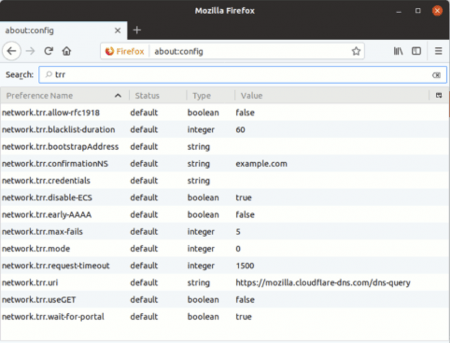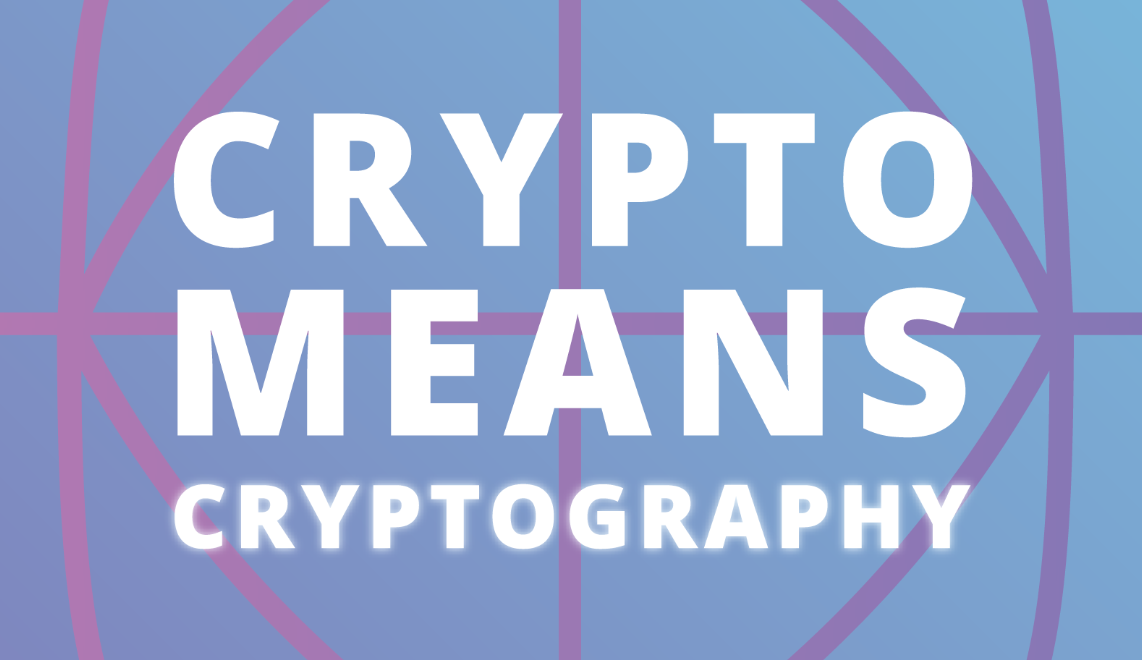Linux commands for measuring disk activity
Linux systems provide a handy suite of commands for helping you see how busy your disks are, not just how full. In this post, we're going to examine five very useful commands for looking into disk activity. Two of the commands (iostat and ioping) may have to be added to your system and these same two commands require you to use sudo privileges, but all five commands provide useful ways to view disk activity.Probably one of the easiest and most obvious of these commands is dstat.dtstat In spite of the fact that the dstat command begins with the letter "d", it provides stats on a lot more than just disk activity. If you want to view just disk activity, you can use the -d option. As shown below, you’ll get a continuous list of disk read/write measurements until you stop the display with a ^c. Note that, after the first report, each subsequent row in the display will report disk activity in the following time interval and the default is only one second.To read this article in full, please click here
 ZTE's year included claims of espionage, direct intervention from President Donald Trump, a growing list of countries banning use of its equipment, and a $1 billion hit to its bottom line.
ZTE's year included claims of espionage, direct intervention from President Donald Trump, a growing list of countries banning use of its equipment, and a $1 billion hit to its bottom line.
 Can it get much worse than having its CFO arrested and being accused of violating sanctions?
Can it get much worse than having its CFO arrested and being accused of violating sanctions? When Air Bud’s legacy storage system gave out, leaving the film company with no way to backup or restore files, “it was panic,” said Technical Director Tyson Clark.
When Air Bud’s legacy storage system gave out, leaving the film company with no way to backup or restore files, “it was panic,” said Technical Director Tyson Clark. Industry trade group 5G Americas predicts that there will be 336,000 5G connections in North Americas by the end of 2019. That will account for 47 percent of global 5G connections.
Industry trade group 5G Americas predicts that there will be 336,000 5G connections in North Americas by the end of 2019. That will account for 47 percent of global 5G connections.
 Open source and containers found themselves at the center of M&A activity this year.
Open source and containers found themselves at the center of M&A activity this year.



